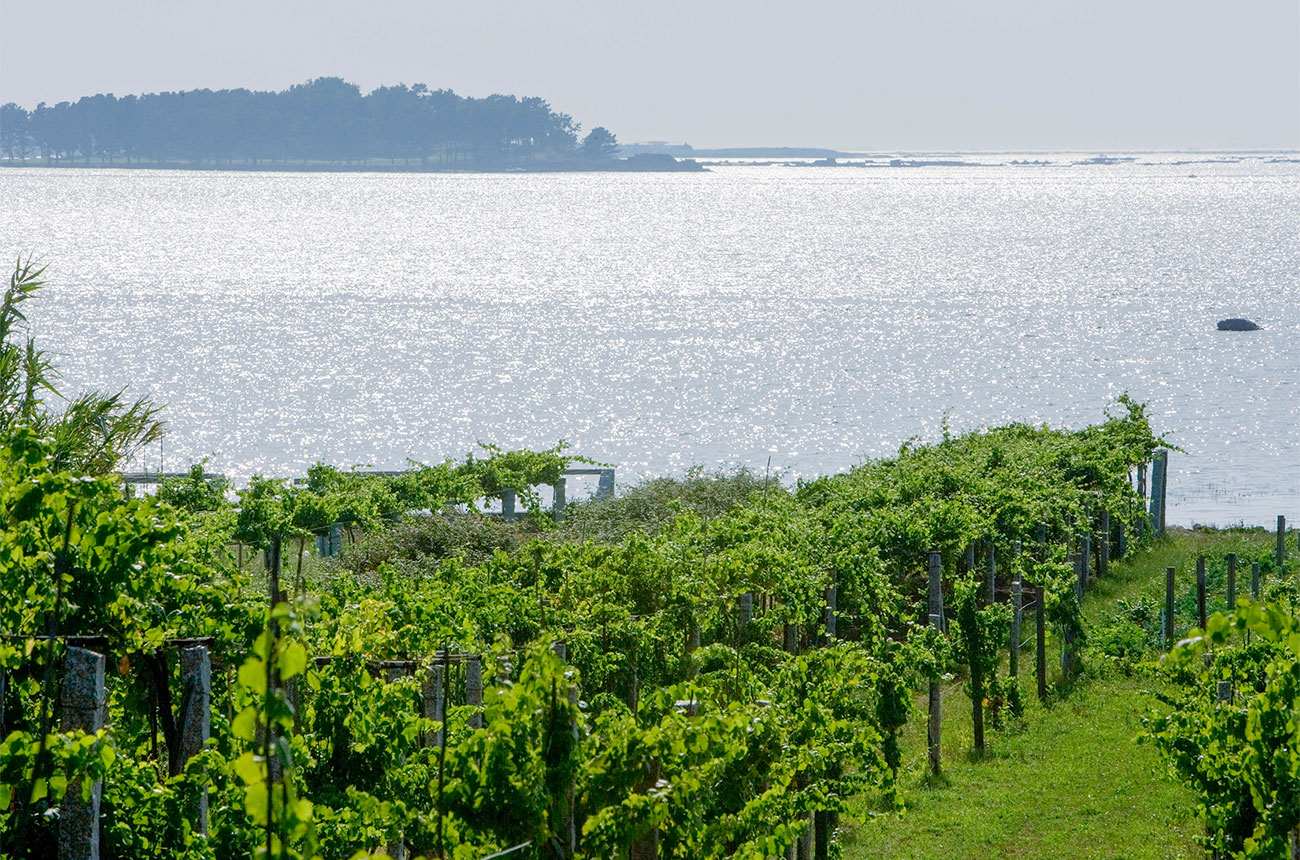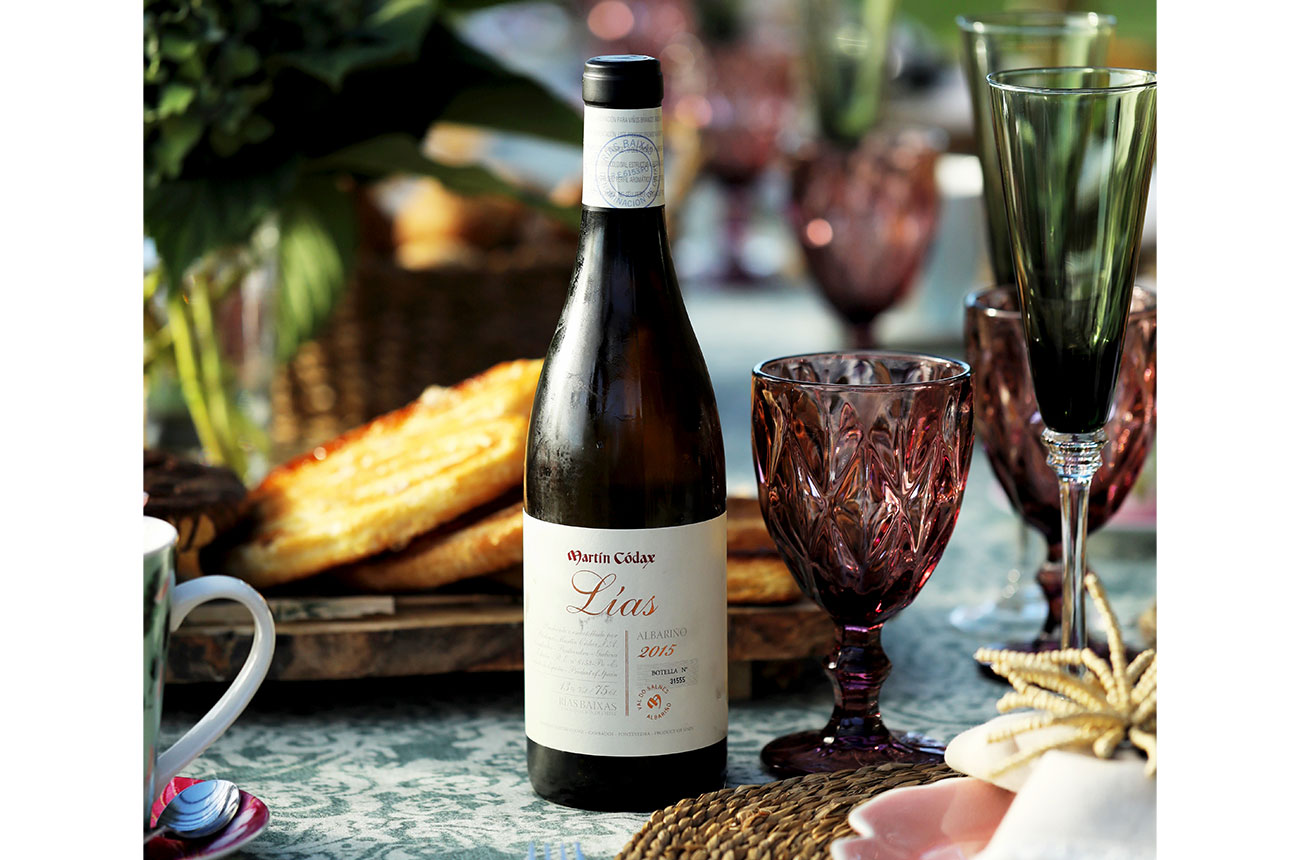Good wine is about substance, not sustenance. A glassful ought to reflect where the grapes were grown and how the wine was made, with the best wines communicating that sense of time and place.
One wine that delivers that sense is Albariño from the Rías Baixas DO in Galicia, northwest Spain. This lush, green, densely forested corner of the country – with its cool climate, salty sea breezes and high rainfall – is unlike anywhere else in Spain. Its wines have a distinctive salinity and freshness that sets them apart from other Spanish whites.
It’s in this terrain that producer Martín Códax is leading the way with Albariño, coaxing flavour, character and personality from the variety, and innovating along the way.
Named after a famed Galician poet and troubadour, Martín Códax got its start in 1985 when 50 small-scale producers from the region’s Salnés Valley grouped together to combine their winemaking skills and capital. The Martín Códax cooperative now represents some 300 grape-growing families, providing a rich diversity of vineyards.

Innovation in action
As a result, the winery is able to produce a range of Albariños that reflect their individual terroirs, including barrel-aged styles and late harvest wines. However the core of the range is focused on two distinct styles.
Martín Códax Albariño is all about lightness and purity. The influences of the Atlantic Ocean are evident in its minerality and its delicate stone-fruit flavours, underscored by zesty acidity. This is the one to reach for when shellfish – particularly mussels and oysters – are on the menu.
In 2005 Martín Códax launched a new expression of Albariño called Lías. As the name suggests, the wine benefits from extended contact with its yeast lees, giving it a very different flavour profile and a more premium price tag.
Winemaker Katia Alvarez says of Lías: ‘Not too long ago, Albariño was only considered for producing young and fresh wines. One of the principal objectives of this wine, back in 2005 when it was born, was to show how it could age on its own. To do so, we decided to use something that’s essential to the wine – its own lees.’
The grapes used to make Martín Códax Lías come from a single, experimental vineyard plot called Pé Redondo. The plot was selected for its sunny aspect; grape yields are kept low. The aim is to nurture full ripeness and richness, and to show off a different side of Albariño’s personality.

After vinification, the wine undergoes bâtonnage (lees stirring) for six to seven months, then it is aged on its lees in stainless steel for a further 12 months before bottling. The result is a wine that’s decidedly Albariño – but not necessarily Albariño as you know it.
‘Aromatically speaking, it is more complex,’ says Alvarez. ‘Besides the citrus and typical Albariño fruity notes, we can appreciate a lactic and creamy note that brings complexity and elegance.’
The ripe pear fruit of Lías is rounded out with a gentle creaminess. Age-worthy and food-friendly, it pairs well with poultry dishes and creamy gratins.
In 2019 the work done by Martín Códax to produce Lías was recognised when the wine was awarded the honour Best Wine of Spain 2019 by the Spanish Association of Journalists and Wine Writers (AEPEV).
These two Martín Códax wines are the product of different approaches to viticulture and winemaking, and different expressions of their terrain, time and place.


